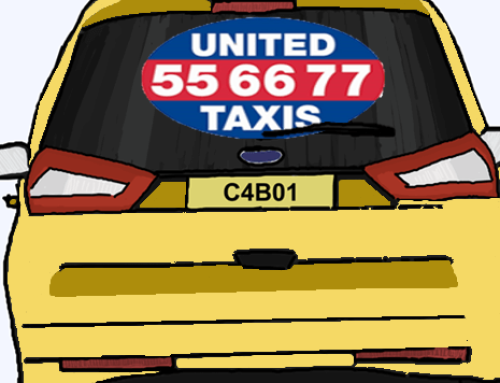Hello and welcome back to your weekly case law update. Last week, we looked at sex discrimination and why you should always make sure there is a door between the showers and the changing room! This week, we will be looking at the gig economy.
The gig economy has been the big issue in employment law this year. Gig economy companies such as Uber, Deliveroo, CitySprint, Addison Lee and Pimlico Plumbers have all had cases heard and lost in the Employment Tribunal this year and the Pimlico Plumbers case is set to be heard at the Supreme Court in 2018.
There has also been a government report on the issue with recommendations on how to tackle sham self-employment, including introducing the fourth tier of employment status between worker and self-employed. In the meantime, the above cases suggest the judiciary has taken a close look at employment practices to look at what happens in reality rather than on the contract.
Aslam, Farrar and Others v Uber
This case is the appeal of the previous Uber judgment. The question this week is:
Is Uber an agency that links drivers to customers?
The facts of this case were covered in our update for the ET judgment. To summarize:
- Uber has several apps that connect customers to drivers
- Passengers and drivers can rate each other for service
- Drivers are interviewed and given inductions
- Uber prefers drivers to have certain color cars and they must be below 10 years old
- Drivers can be dropped if their rating drops
- Drivers can be sin-binned if they turn down ride requests
- Uber set the price of, and took payment for, the fare and gave the driver their cut at the end of the week
- All documents were designed to suggest drivers were self-employed
Due to the facts listed above, the ET held that Uber drivers were workers. This meant they were entitled to employment rights such as holiday pay and the minimum wage. Uber appealed believing itself to be an agency and all such measures that made the driver’s workers arose from licensing regulations and that the ET had overlooked this.
The EAT rejected the appeal. There was no regulatory framework that required Uber to interview and induct drivers nor was there a requirement to penalize them if their rating fell or they turned down work. It held the role of the ET had been to establish the true nature of the relationship between the parties. In this case that meant the drivers were workers.
The takeaway point:
No, if a company voluntarily goes above and beyond measures required by a regulatory framework to recruit staff they cannot use this framework as an excuse for the excessive measures. In this case, the ET has correctly observed that the measures were in place for Uber to exercise a degree of control over drivers that would not normally exist in a self-employment relationship.
It is likely Uber will appeal this decision but the body of case law against gig economy employers suggests that the writing is on the wall and that these practices are not indicative of self-employment.










Leave A Comment